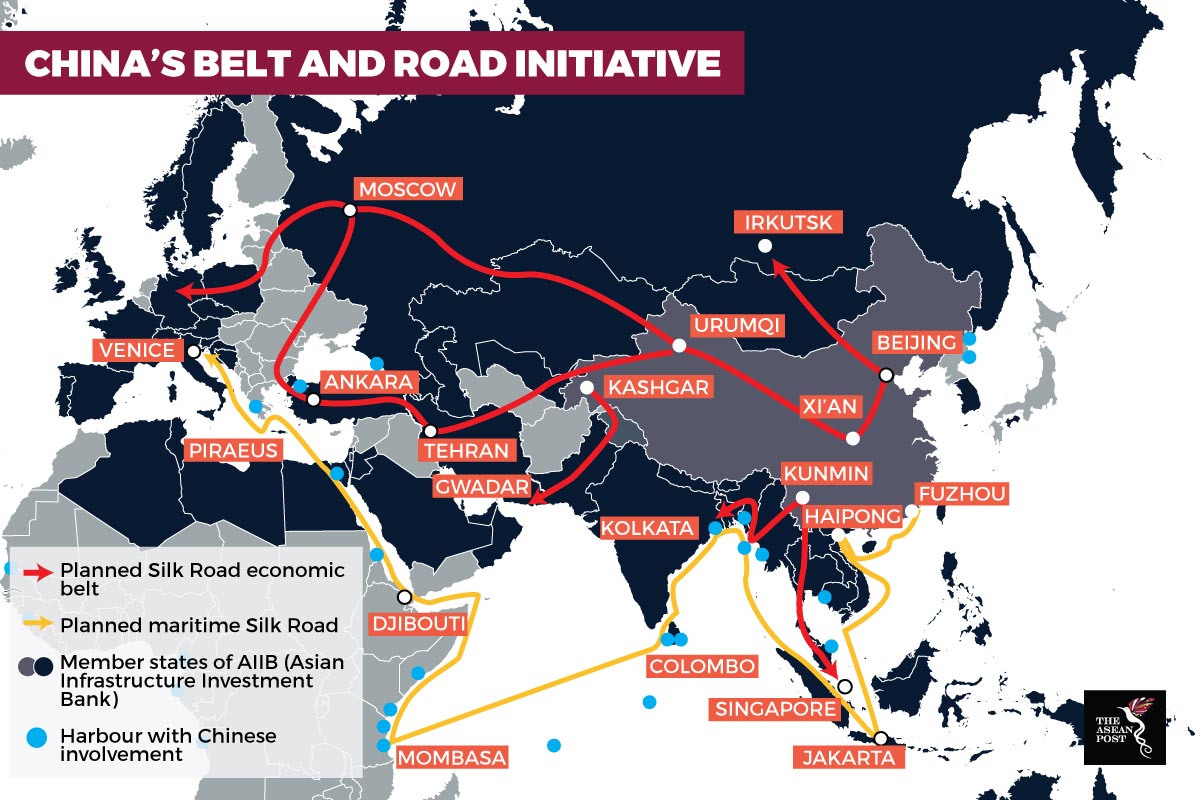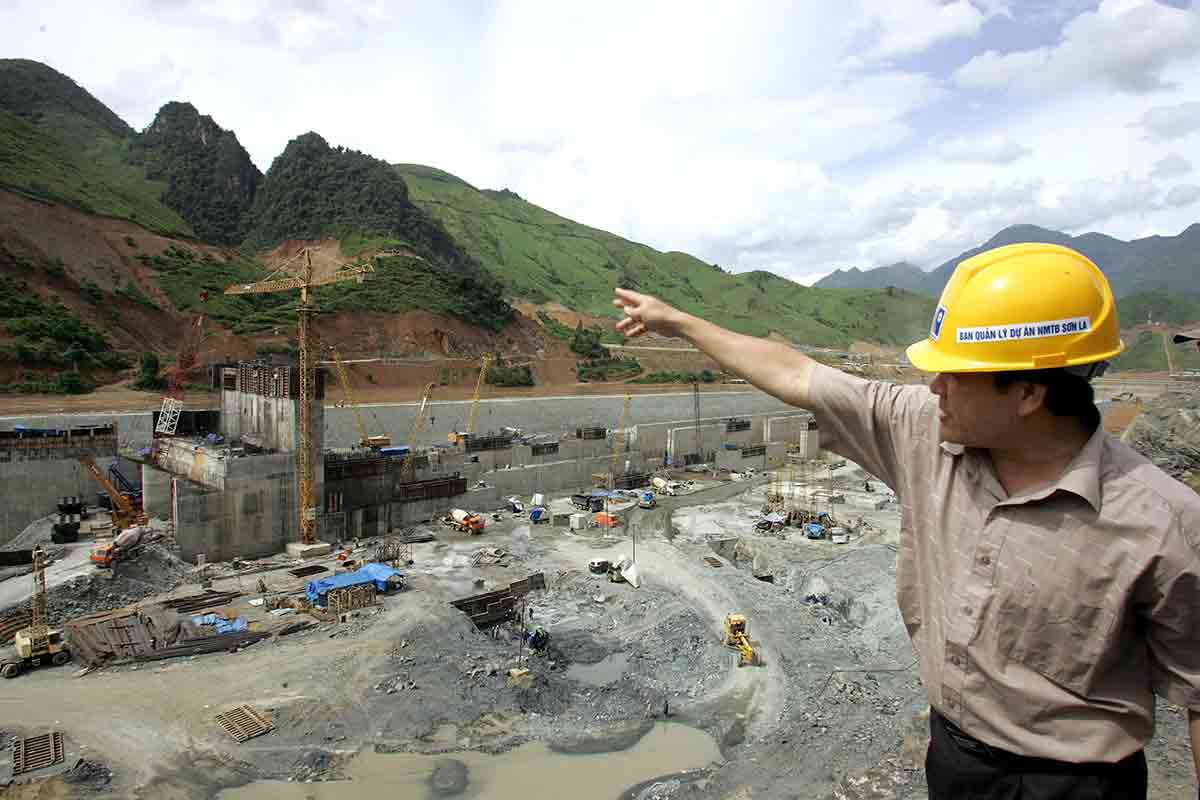A Pan-Asian super grid connecting electrical transmission networks across the continent providing clean and renewable power to more than half the world’s population may be a fantasy for now. The idea which was first mooted by billionaire SoftBank Group owner, Masayoshi Son, following the devastating experience of the Fukushima nuclear meltdown in 2011 primarily focussed on expanding power networks in Northeast Asia.
However, policymakers in Beijing may have similar ideas to develop such infrastructures in Southeast Asia within the rubrics of China’s grandiose Belt and Road Initiative (BRI). The multi-trillion-dollar agenda foresees turning energy cooperation within the Asian region into more of a regional and multilateral engagement strategy. According to Boston University, Beijing’s China Development Bank and the Export-Import Bank of China alone have invested approximately US$128 billion in energy projects in BRI countries since 2001.
In Southeast Asia, the BRI focusses primarily on infrastructure development with green energy relevant infrastructure making up a significant slice of the pie. According to the International Energy Association (IEA), renewable energy investment opportunities in ASEAN are worth an estimated US$400 billion from 2016 to 2030 to satisfy the region’s growth in low-carbon energy demand.
Ever the willing investor, China has readily pounced on that golden fruit.
As a growing region with a combined gross domestic product (GDP) of over US$2.5 trillion, a 630 million strong population and above average growth rates of 5.1 percent according to the Asian Development Bank, Southeast Asia is an investment hungry market. CLM (Cambodia, Lao PDR and Myanmar) economies which enjoy growth rates upwards of seven percent are in the midst of transforming their economies and increasing electricity access for their citizenry.

Source: Various sources
Myanmar, which is shifting its attention from big hydropower projects to liquified natural gas (LNG) and smaller dams as an alternative solution to tackling the issue of power shortages has found a ‘friendly investor’ in China. In November last year, Chinese state media, Xinhua reported that Beijing’s State Grid Corporation of China (SGCC) has launched a 230 kilovolt (KV) Nabar-Shwebo-Ohntaw power transmission line and a substation project in Shwebo in Myanmar's north-western Sagain region. In the first phase of the project, approximately 516 villages or 70,078 households in the Kathar and Shwebo districts will be provided with electricity access. The remainder of the project is expected to be completed by 2019.
In Indonesia, the state government recently offered Chinese companies a lucrative opportunity to develop US$337 million worth of hydroelectric projects in dams around the Kalimantan and Sulawesi regions. Across the Nusantara to the Philippines, Metro Pacific Investments Corp (MPIC) – an infrastructure holding firm – is currently in discussions with China’s Everbright Group which is a leading player in China’s environmental protection business to undertake waste-to-energy projects in the archipelagic nation. It already conducts similar projects in Quezon City which benefits almost 90,000 households and is looking to expand its operations to Cebu and North Luzon.
Over in Malaysia, China is ramping up its investments in the country’s burgeoning renewable energy sector. In 2014, Chinese manufacturer Yingli Green Energy Holding Company manufactured the solar panels for the biggest solar power plant in Malaysia at the time. In late March of this year, China General Nuclear Power Group (CGN) began construction of a 50,000-kW solar plant in the Malaysian state of Kedah which is slated to begin operations by the end of the first quarter of 2019. In another deal conducted between the Malaysian government and the Chinese nuclear energy giant, an equity purchase agreement with Malaysian energy company Edra Global Energy was inked in 2015 which saw CGN become the Southeast Asian nation’s largest foreign direct investor.
Chinese investments vis-à-vis the BRI have always had a negative connotation attached to them like the threat of debt-equity swaps which have seen Beijing’s state-owned enterprises profit at the expense of certain state governments. Nevertheless, the region must grapple with increasing electricity demand as countries continue to develop. Hence, the ability to stave off the potential failures of such projects resulting in the bankrupting of a nation’s economy is entirely down to the will of its leaders.
